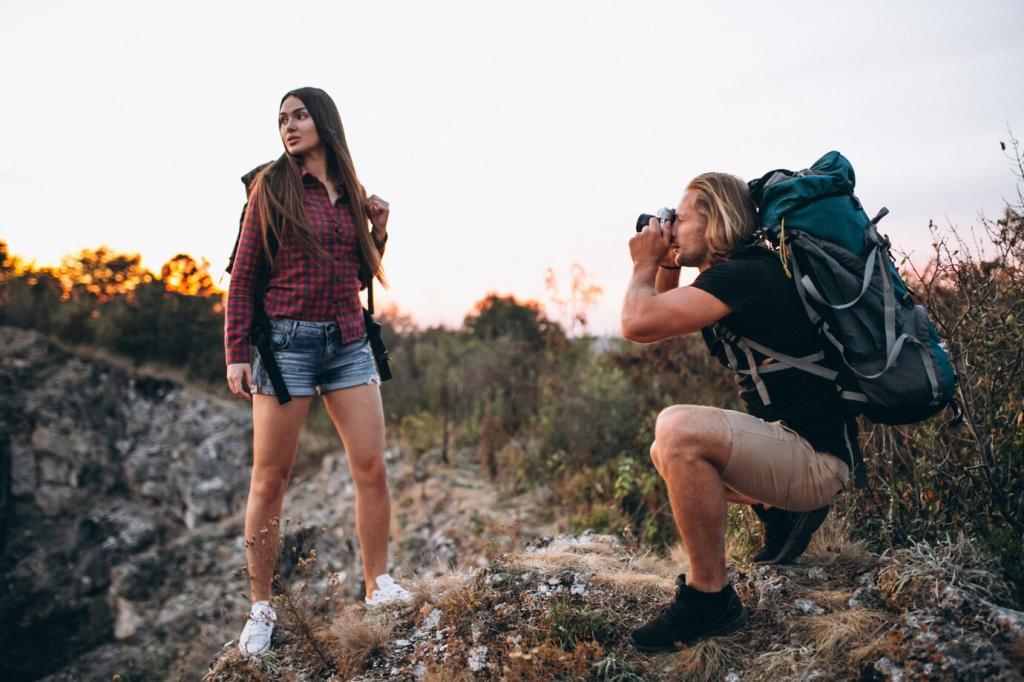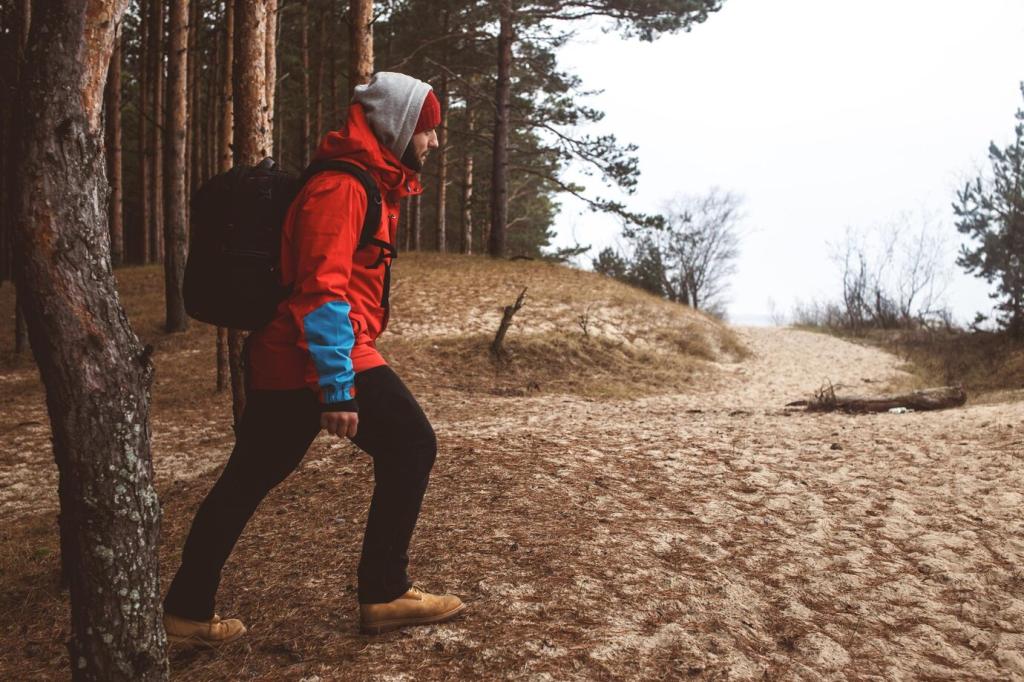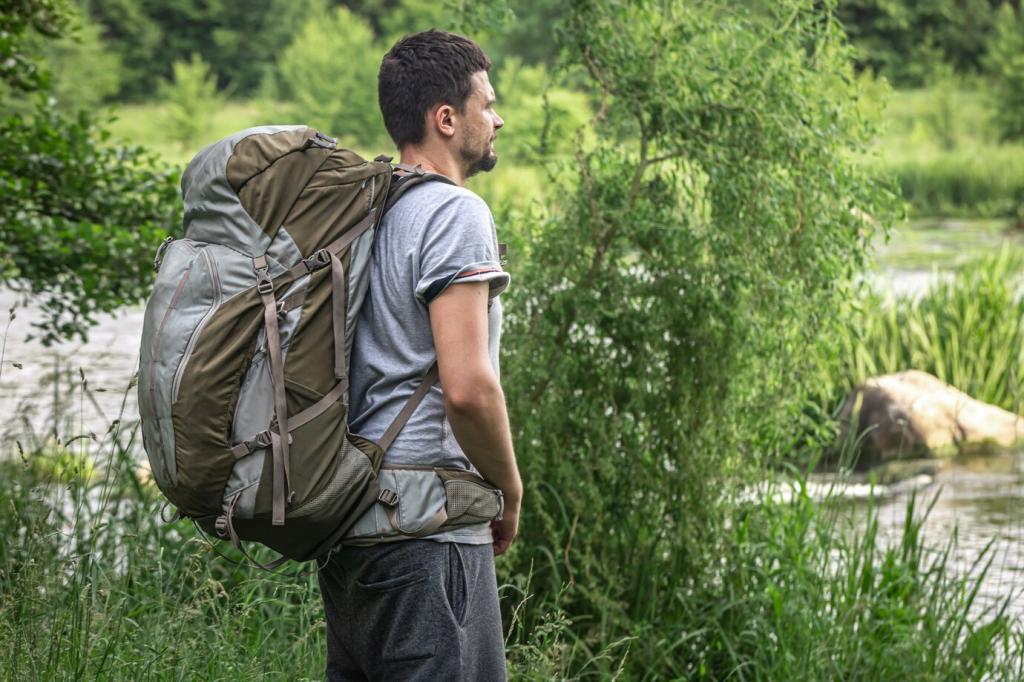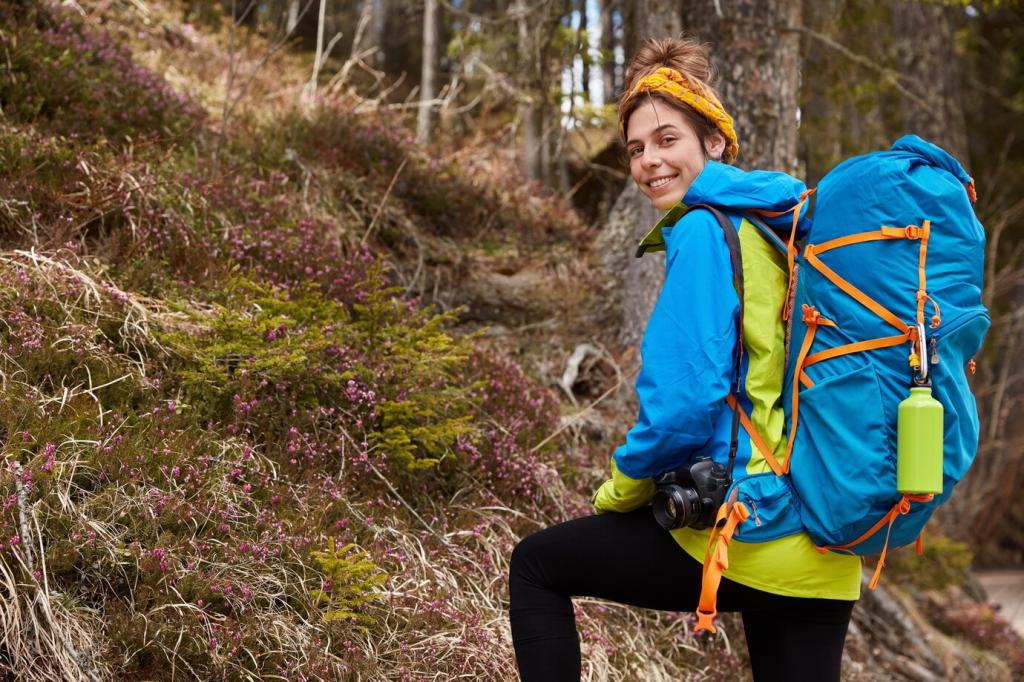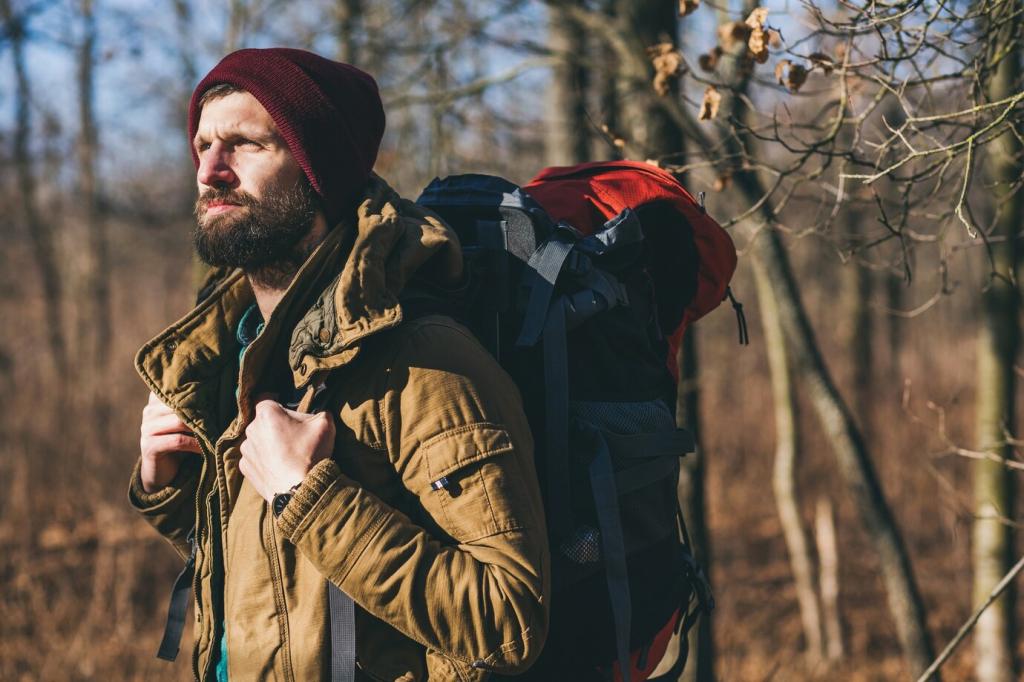Field Identification Essentials: Seeing More by Slowing Down
Count petals, compare symmetry, trace leaf attachment, and note habitat moisture. Sketch rather than pluck; a quick drawing cements details. Use a macro lens respectfully. Comment with your favorite field guide or app, and subscribe to receive our seasonal wildflower cheat sheets for trail-ready reference.
Field Identification Essentials: Seeing More by Slowing Down
Wind complicates treeline listening. Cup your ears, use natural windbreaks, and focus on rhythm. Distinguish rosy-finch twitters from siskin buzzes. Record short clips for later study. Share your toughest alpine call and what finally helped, inviting others to subscribe for our monthly sound ID challenges.

